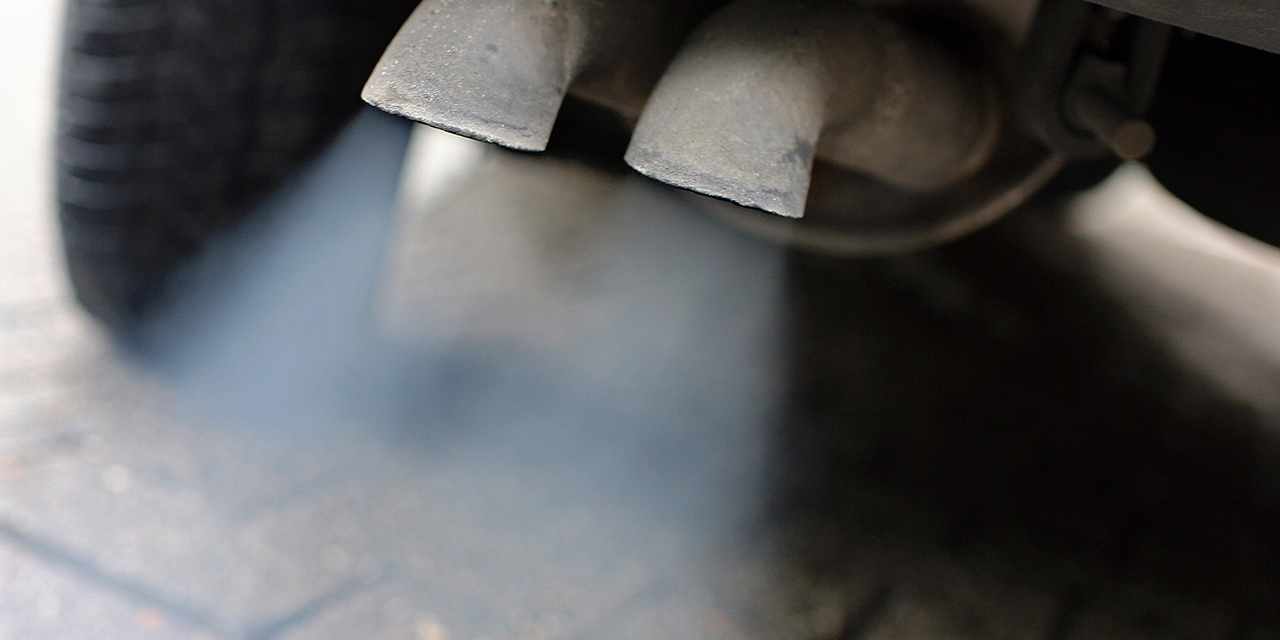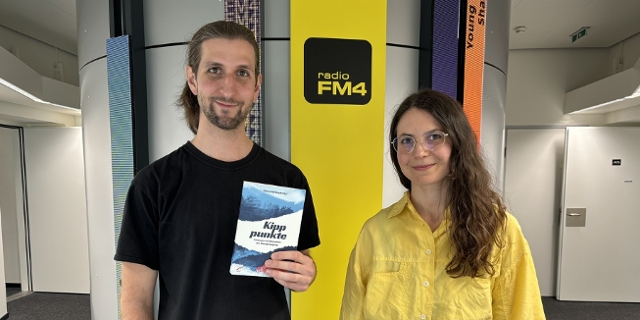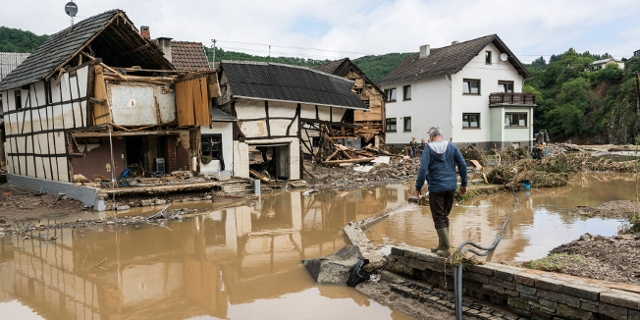New study: Does air pollution cause Alzheimer’s and Parkinson’s?
Scientists say they might have found the smoking gun that links air pollution with the onset of serious neurodegenerative diseases later in life.
There has often been a statistical link between pollution and brain disease, but this study might start to explain the mechanism.
The researchers found abundant pollution nanoparticles in the brainstems of 186 young people from Mexico City who had died suddenly before the age of 30. The scientists say these nanoparticles were closely associated with abnormal proteins that are hallmarks of Alzheimer’s, Parkinson’s and Motor Neuron Disease. These proteins weren’t found during post-mortems of young people who died in less polluted areas.
Some scientists not involved in the study have urged cautions, saying more research is needed before we can say the particles that have caused damage in young brains would have caused illness later in life. But Professor Barbara Maher, of Lancaster University in the UK, has described the findings as terrifying. She was part of the research team and told me what they found.

Lancaster University
Professor Barbara Maher
Chris Cummins: You have described your research as a “smoking gun” link between air pollution and brain disease. Can you explain that?
Professor Barbara Maher: So we have been looking at the brains of young people; and when I say young people, they are everything from an 11-month old infant to people in the 20s and 30s. These people lived life long in Mexico City. And when we look at the post-mortem brains we find evidence, even in the infants, of lesions, of damage to the brains that are characteristic of those neurological diseases that typically, of course, we see the major clinical symptoms much, much later in life.
And I believe it is interesting to look at the brains of children because other factors that have been linked to neurological diseases, such as Alzheimer’s or Parkinson’s probably won’t have impacted children’s brains?
So normally when you are looking at people with Alzheimer’s disease you can say maybe they’ve had heart disease as well, maybe they drank too much alcohol through their lives, maybe they have been smokers, maybe they have had highly stressful occupations or are obese; so often when we look at elderly people there is a whole bunch of other factors that may have played a role in developing neurological disease but of course in these very young cases, they don’t have those co-morbidities. They haven’t been affected by so many factors. The one thing that our young cases have in common is that they all lived in a highly polluted atmosphere of Mexico City for the duration of their lives.
And in post-mortems of young people who you studied who had lived in less polluted areas, you haven’t found those neuro-toxins to the same extent?
Not to the same extent. So we don’t see the level of neurological damage that we see in the Mexico City cases in our lower pollution control areas. They have neither the neuro-pathology nor do they have the presence of what we think of as the smoking gun: these metal-rich nanoparticles that we see affecting the critical components of the brains in these young cases.
People are going to read this study and hear you talking about it and be highly alarmed. Most people live all over the world in areas of dirty air, children go to school in polluted areas. Do you want to alarm people?
People need to know what the problem is because the more knowledge you have the more you can take steps yourself to try to avoid as much of that exposure as you can.
If these neurological diseases are starting in early life you have to know that because a) somebody could do something about it themselves and b) surely, you’d be pushing for policy change to reduce exposure of your children, of your baby in the womb developing, you want to make sure they are not subjected to this sort of environmental insult and possibility then of terrible disease in later life stages.
We have seen the world recently adapt to a health risk – COVID-19 – but 400,000 European deaths every year are said to be linked to air pollution and now there is your scary study on top of that. Do you think we are capable, as a society, of turning this around?
It’s knowing the damage that can be done. One of the things that the lockdowns have illustrated is that we can change our behavior on mass, we can actually develop much cleaner environments, safer environments. And you have to know that this is the type of brain damage that our activities are subjecting young people too and they will grow then into later life and some of them, depending on their genetic resilience to this exposure, some of them are going to go on and develop what is a very nasty and unpleasant way to spend your later life. It’s very costly to individuals, to families and to society as a whole. So knowing the hazard means maybe we can start seriously doing something about it in order to protect people.
Publiziert am 07.10.2020




















